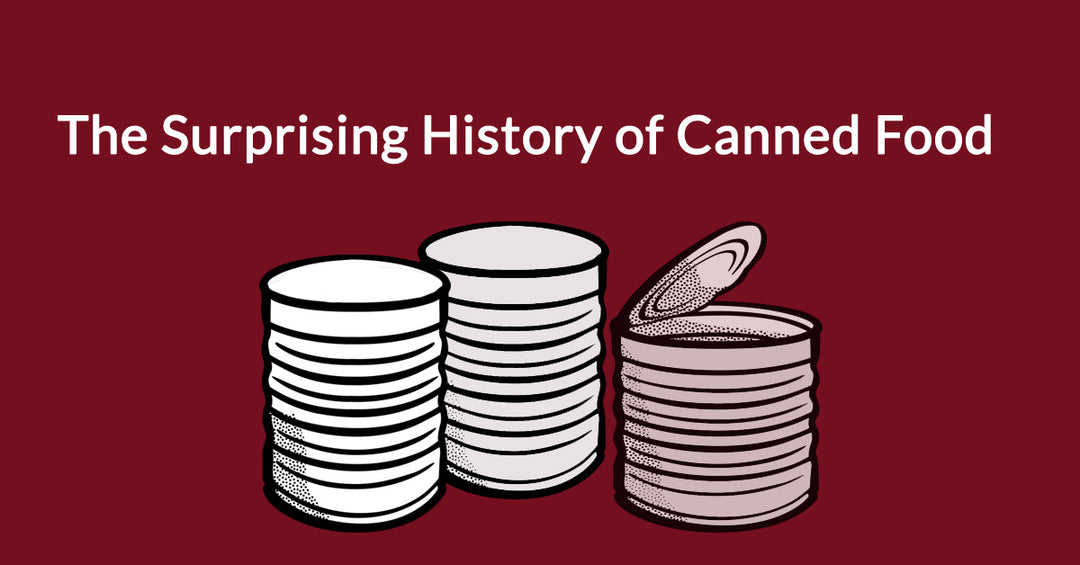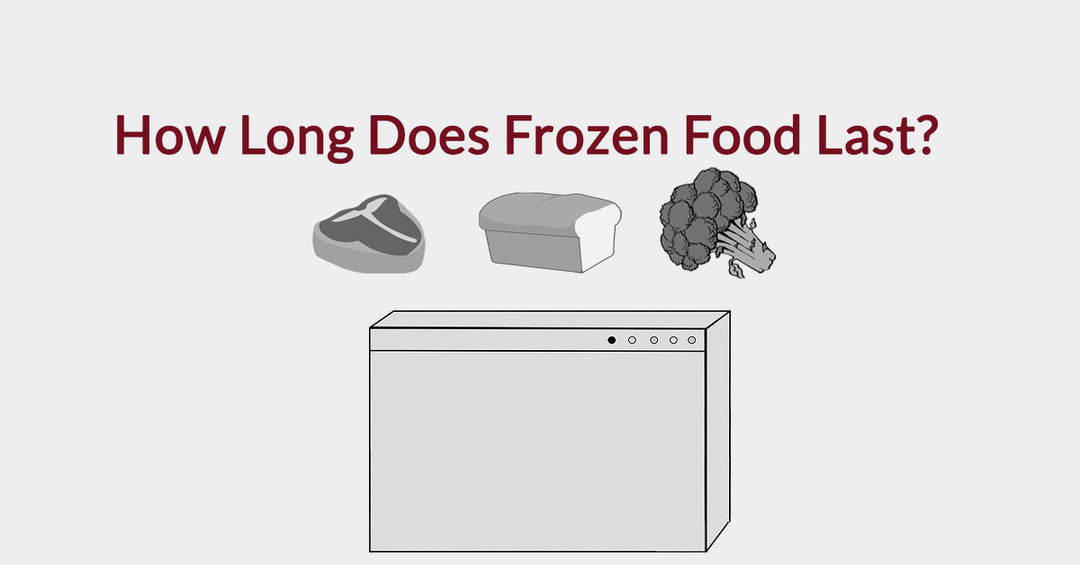The Surprising History of Canned Food

We often take canned food for granted. If we need something with a long shelf life then we just naturally gravitate toward the canned items, but it's worth taking a step back to consider just how much canned food has done for us over the years. After all, the march through history has been largely defined by food scarcity. We're in a rare moment of history where we can easily plan for future food shortages. Our distant ancestors only had a few reliable non-perishables, and even those foods were subject to climate and pests in ways that we seldom need to worry about.
Our distant ancestors in early agricultural cultures would be shocked at the level of preservation provided by canning, and of course, it almost goes without saying that a modern MRE or other specialty emergency food item would seem almost miraculous. The ability to store a full meal without worrying about it going bad has revolutionized our entire way of life, but where exactly did that process begin? How was canning invented in the first place?

A Different Type of Champagne
Today Champagne is synonymous with sparkling wine originating from the region, but this area of France has created a culinary tradition that goes far beyond wine. In fact, it's where any exploration of canned food needs to begin.
The 18th century was filled with war and other armed conflicts. Of course, military action will always carry some inherent difficulties, but longer campaigns in distant areas made provisions a more serious problem for soldiers. This was something most countries had in common, but France in particular was determined to do something about it, and this is where the Champagne region comes into the picture.
In 1795 France was facing concurrent campaigns in multiple areas. France had ongoing conflicts in Italy, Germany, the Caribbean, and the Netherlands. The battles in far-off areas, on the land and sea, all brought specific issues, but they had one thing in common. Every one of those conflicts saw Frenchmen suffering from a lack of food.
The French government decided that it was time to find a real solution. The French government offered a full 12,000 franc prize for any method which could reliably preserve food for the soldiers. The government also knew that such a development would be important for France as a whole. As such, they offered the prize through the Society for the Encouragement of Industry.
A young man named Nicolas Appert, from the Champagne region, was determined to win that prize. Despite Appert's youth, he'd already built up a solid history in the culinary arts. Appert had even served as a chef to France's nobles. This young man from Champagne also had access to a specialty of the region. Appert had access to a wide variety of sturdy, air-tight, champagne bottles.
The Air Factor
Nicolas Appert had a revolutionary idea. He decided to see what would happen if he stored food within champagne bottles. After all, champagne bottles were able to keep the wine in a perfectly preserved state. Might the same hold true for food as well as drink?
Of course today we know that there are a lot of contributing factors to food preservation. Everything from levels of acidity to alcohol content can impact how well material holds up in various containers, but Appert was among the first people to seriously study and discover many of these facts. He initially achieved success with standard wine bottles and a mixture of cheese and lime.
Appert built upon this success by creating a full lab and factory. He moved from standard champagne bottles to larger glass containers. These containers also provided him with larger necks which were more compatible with solid food. Of course one of the most important parts of this process relates to air. The bottling method would dramatically decrease the viability of aerobic bacteria within the containers. This would become the foundation of many other methods of food preservation in the coming years.

Preserved Food Starts To Propagate Out Into the World
By 1803 Appert had successfully preserved vegetables, red meat, fish, fruit, and dairy in his specially designed containers. This finally culminated in a full trial with the French navy. The success in his endeavors led to a new phase of research. Appert was already experimenting with tin cans. He would seal meat into tin cans that had been soldered shut. Appert would then watch the cans for signs of swelling. This observation phase could last for months. Appert would eventually finalize the process into something akin to modern canning.
By 1806 Appert had honed this process to the point of gaining public recognition. One of the most notable comments came from Grimod de la Reynière. The famous gastronomist told his readers that Appert's canned peas were fresher than what one would find at the height of their season. One can assume the statement carries a hint of hyperbole born of the sheer novelty of preserved vegetables.
Nonetheless, this statement highlights the public's increasing love of canning. This fascination would eventually culminate in Appert finally winning the Society for the Encouragement of Industry's 12,000 franc prize in 1809. The only stipulation was that Appert needed to publish his methods so that the larger public could make full use of them as well. In 1810 Appert would publish this information as "The Art of Preserving for Several Years, all Animal and Vegetable Substances".
The Growth of Both Canning and Science
Appert would continue to innovate even within the chaos of the post-Napoleonic era. Today we can look back and recognize just how much Appert changed the world, but he was in many ways a genius who went unrecognized in his time. His invention quite literally changed the world for the better, but when Appert died in 1841 he was buried in a pauper's grave. Despite his inability to turn a profit on his work, those innovations were spreading all over the world. Even areas as far away as America were canning their delicacies. This led to people having a chance to sample wares from beyond their ocean's shores for the very first time.
Interestingly enough, it would be some time before science was able to fully explain why Appert's canning methods were so effective. About fifty years after Appert's passing Louis Pasteur would discover bacteria and why sterilization could prevent spoilage.
A delay in understanding the science of canning might not be so surprising, but modern audiences are often shocked by the fact that it took some time before can openers became the norm. It's important to keep in mind that canning was originally intended for military use. When people were on the march they always had a blade ready. These implements were easily leveraged to open up tin cans. The public followed in turn with an assumption that this was just how things are done. Can openers were only developed after the public had been using sealed cans for about thirty years.

Moving Into the Modern Era
The Max Ams Machine Company of New York is responsible for the next major innovation in canning. In 1904 the company patented a double-seam canning method which led to even better preservation. This was so effective that we're still using it to this day. Modern machinery can apply the process to over 2,000 cans in a single minute.
Today we have a lot of options for long-term storage and emergency food stock. Modern farming and shipping methods allow us to sample non-perishables from all over the world. New MRE innovations let us enjoy full meals from rations that have sat on our shelves for months, and we seldom need to really worry about food scarcity, but it's worth taking a moment to appreciate the fact that this was all built on a foundation laid down by Nicolas Appert.




